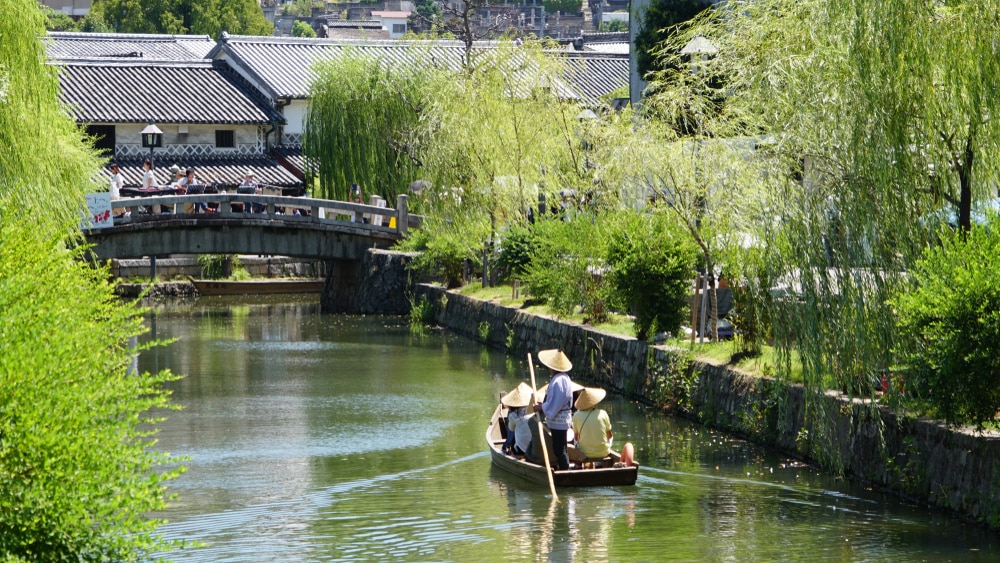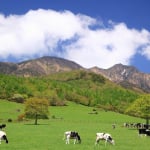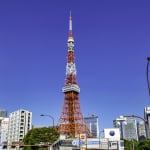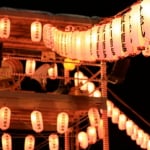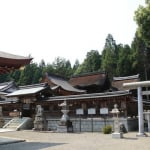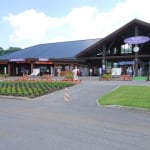Photo by Kento Kodama/Shutterstock
The Most Picturesque Historic Towns and Traditional Villages in Japan
Sep 30, 2024
12,174 views
In Japan's bustling cities, traditional architecture is becoming harder to find. Yet, if you step beyond the urban hustle and bustle, you'll uncover a wealth of historic villages and preserved towns that beautifully showcase the country's rich heritage. From quaint merchant towns rooted in the Edo Era to tranquil mountain hamlets, these stunning traditional villages offer a glimpse into Japan's past and are well worth a visit.
table of contents
[x] close
The Most Picturesque Historic Towns and Traditional Villages in Japan
- Furuichi-Kanaya, Yanai, Yamaguchi Prefecture
- Arita-uchiyama, Arita, Saga Prefecture
- Tsumago-juku, Nagiso, Nagano Prefecture
- Yokaichi Old Town, Uchiko, Ehime
- Mitarai Yutaka, Kure, Hiroshima Prefecture
- Kurashiki Historical Quarter, Kurashiki, Okayama Prefecture
- Imaicho, Kashihara, Nara Prefecture
- Izushi, Toyooka, Hyogo Prefecture
- Gujo Hachiman Kitamachi, Gujo, Gifu Prefecture
- Narai, Shiojiri, Nagano Prefecture
- In Conclusion
Furuichi-Kanaya, Yanai, Yamaguchi Prefecture
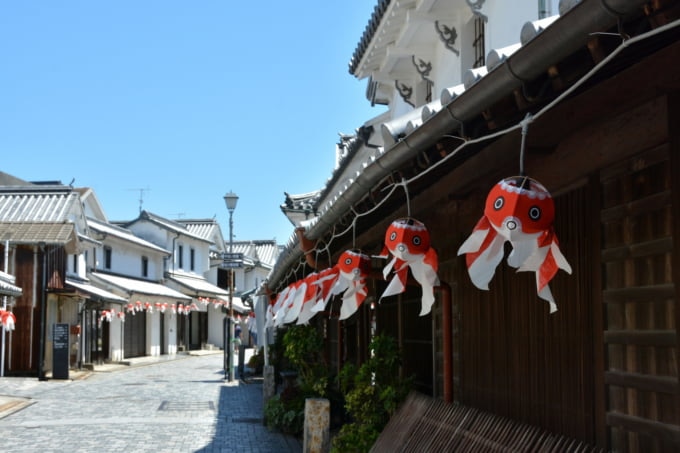
Photo by あこたま/Pixta
In Yamaguchi Prefecture, Yanai's historic district was once a bustling merchant's quarter during the Edo Period, thanks to its prime location on the Seto Inland Sea. Today, it features well-preserved merchant shops and warehouses, with colorful paper goldfish lanterns lining the streets. Every summer, the town hosts a lively goldfish festival, showcasing this unique local craft.
Arita-uchiyama, Arita, Saga Prefecture
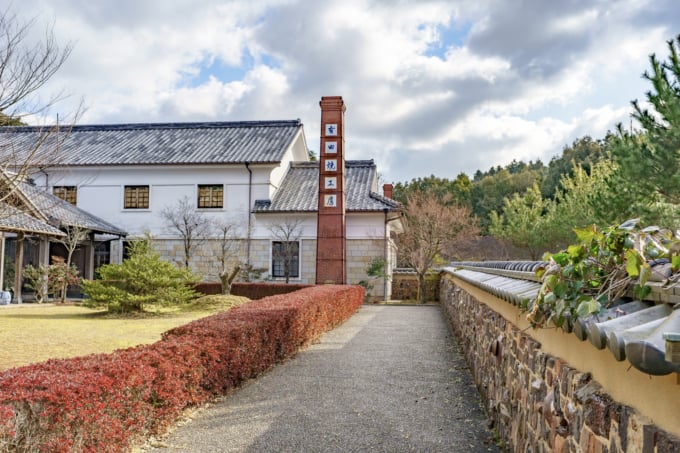
Photo by Blue7/Pixta
Located near the Nagasaki border, Arita in Saga Prefecture is renowned for its ceramics and porcelain, especially as the birthplace of the highly prized Imari Ware. The town showcases its pottery heritage through its streets, where you’ll find ceramics integrated into sidewalks, doors, bridges, and even old stone walls made from broken pottery unique to Arita. The traditional machiya townhomes add to the historical charm of this porcelain-making town.
Tsumago-juku, Nagiso, Nagano Prefecture
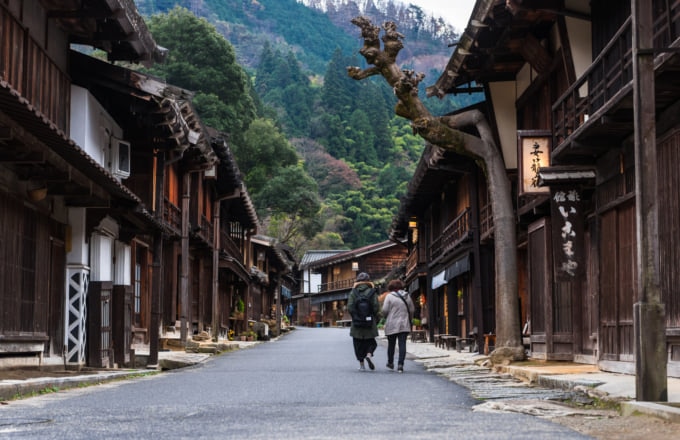
Photo by gandhi/Pixta
Nagiso's historic district is often considered Japan's most stunning and well-preserved traditional village. Once a bustling rest stop for everyday travelers and government officials alike, the Tsumago-juku area still reflects its rich history. Today, you'll find charming converted inns, teahouses, and shops that once catered to travelers during the Edo Period, making it a delightful destination to explore.
Yokaichi Old Town, Uchiko, Ehime
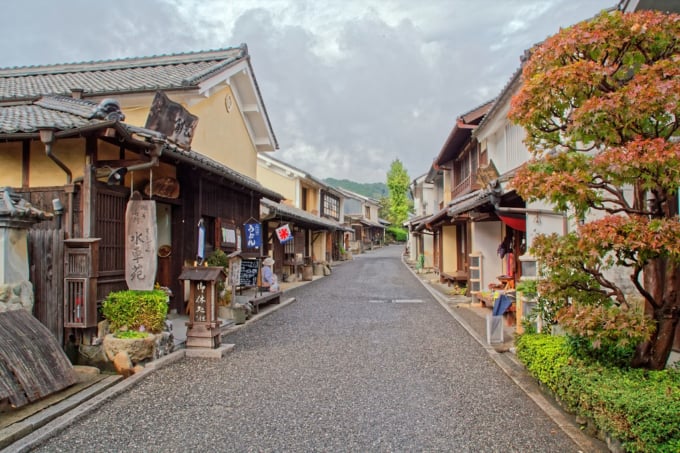
Photo by zenpaku/Pixta
In Ehime Prefecture, Yokaichi Old Town boasts a charming array of Edo-era architecture and historic homes. Once a thriving merchant hub known for its wax and paper production, the wealth generated by these merchants led to the construction of impressive private residences in Uchiko. Today, many of these stunning homes are beautifully preserved, offering a glimpse into the town's prosperous past.
Mitarai Yutaka, Kure, Hiroshima Prefecture
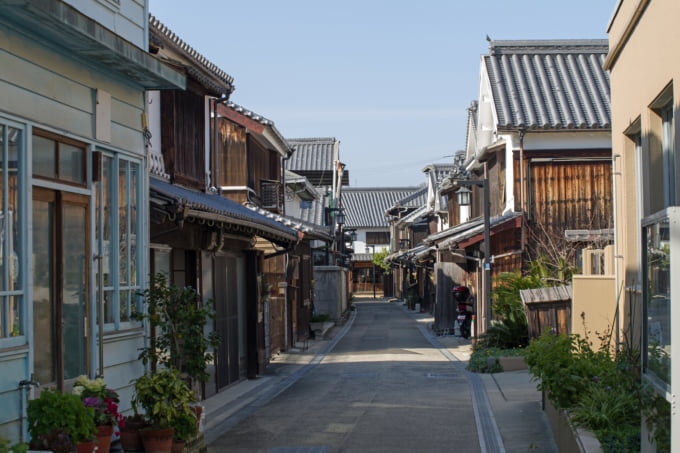
Photo by トシチャン/Pixta
Mitarai is a charming island nestled in the Seto Inland Sea, within Hiroshima Prefecture. This quaint port town once served as a vital stop for sailors and merchants traveling to and from Osaka. During its heyday, Mitarai was among the wealthiest towns in Japan, boasting shops filled with luxury goods, theaters for entertainment, and a vibrant geisha quarter where sailors would spend their evenings. Today, many of these historic buildings still stand, offering a fascinating glimpse into the town's prosperous past.
Kurashiki Historical Quarter, Kurashiki, Okayama Prefecture
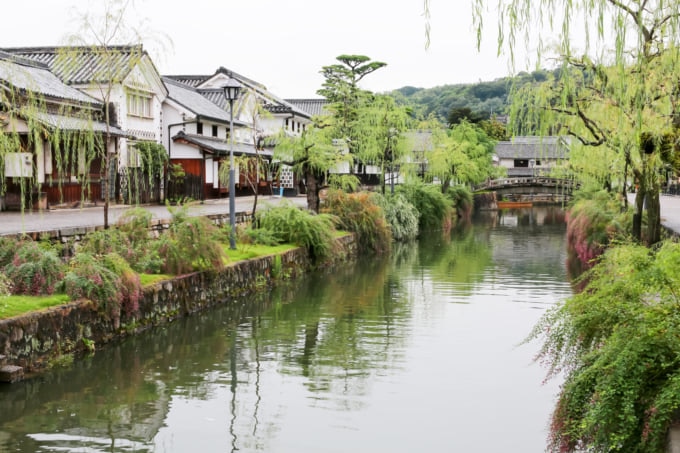
Photo by よっし/Pixta
The picturesque town of Kurashiki, once a bustling distribution hub for the local rice industry, still retains much of its historical charm. Its scenic waterways and traditional storehouses played a crucial role in the region's prosperity. Today, you can stroll along the koi-filled canals, flanked by graceful willow trees and historic homes, all of which create a serene atmosphere that feels reminiscent of centuries past.
Imaicho, Kashihara, Nara Prefecture
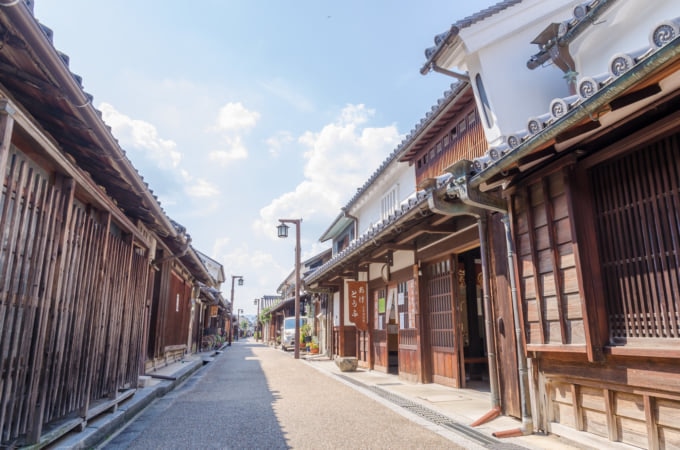
Photo by gurung/Pixta
Imaicho is a charming historic district where narrow streets are lined with about 500 traditional homes and shops. Founded even before the Edo Period, it began as a self-governing temple town centered around Shonen-ji Temple. Over the years, it attracted merchants and craftsmen, including soy sauce makers and sake brewers. Today, it boasts the largest collection of traditional buildings in Japan, offering visitors a glimpse into the country’s rich architectural heritage.
Izushi, Toyooka, Hyogo Prefecture
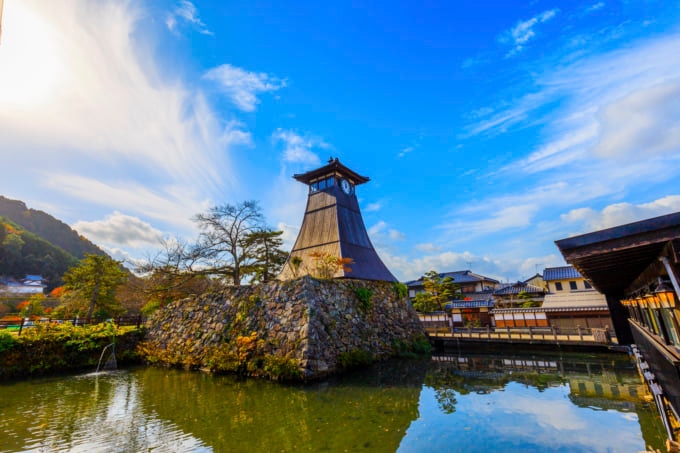
Photo by bee/Pixta
Izushi is a charming castle town in Hyogo Prefecture, near Kyoto. It grew up around Izushi Castle and today features attractions like Arikoyama-inari Shrine, the Shinkorou clock tower, and the ruins of the castle itself. This historic town offers a glimpse into Japan's past and is worth a visit.
Gujo Hachiman Kitamachi, Gujo, Gifu Prefecture
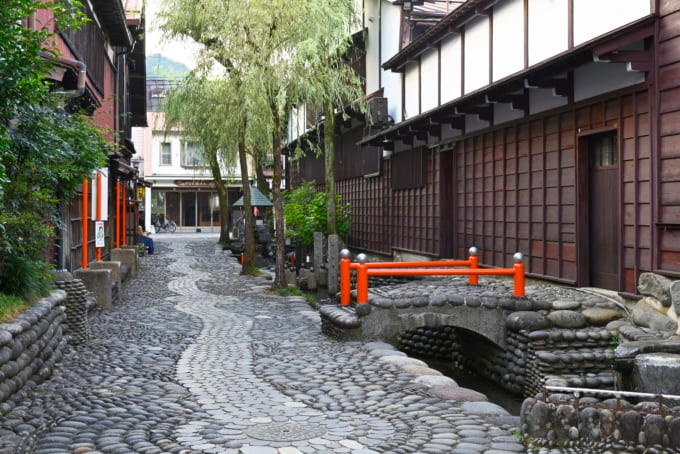
Photo by Buuchi/Pixta
Another former castle town, Gujo-Hachiman is known for its crystal-clear drinking water and beautiful waterways. The town has a charming Showa-era vibe and a unique plastic food model industry that gives it a distinct character compared to many of Japan’s other traditional towns. With its well-preserved historic buildings protected by the government, Gujo-Hachiman attracts many visitors each year who come to soak in its special atmosphere.
Narai, Shiojiri, Nagano Prefecture
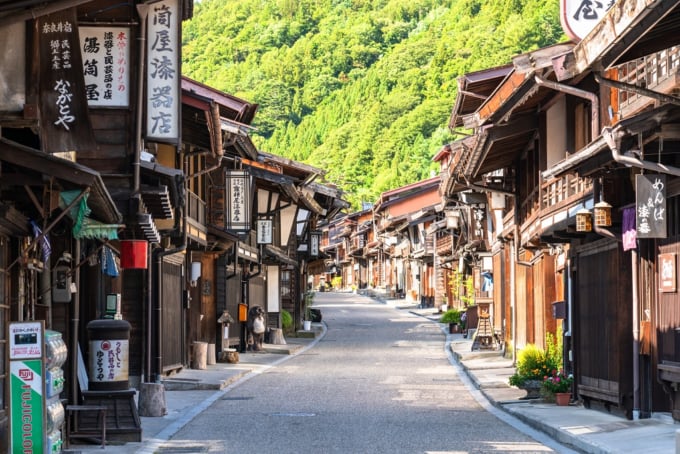
Photo by まちゃー/Pixta
Narai is a charming, well-preserved post town in Nagano Prefecture. Once a key stop for travelers and government officials, it’s now celebrated as the largest preserved post town in Japan, showcasing traditional inns and historic streets that reflect its rich past.
In Conclusion
These ten towns and villages, steeped in history, showcase some of Japan's finest traditional architecture. While many cities have embraced modernity, these charming spots offer a glimpse into the past, preserving the essence of old Japan for those eager to explore.





